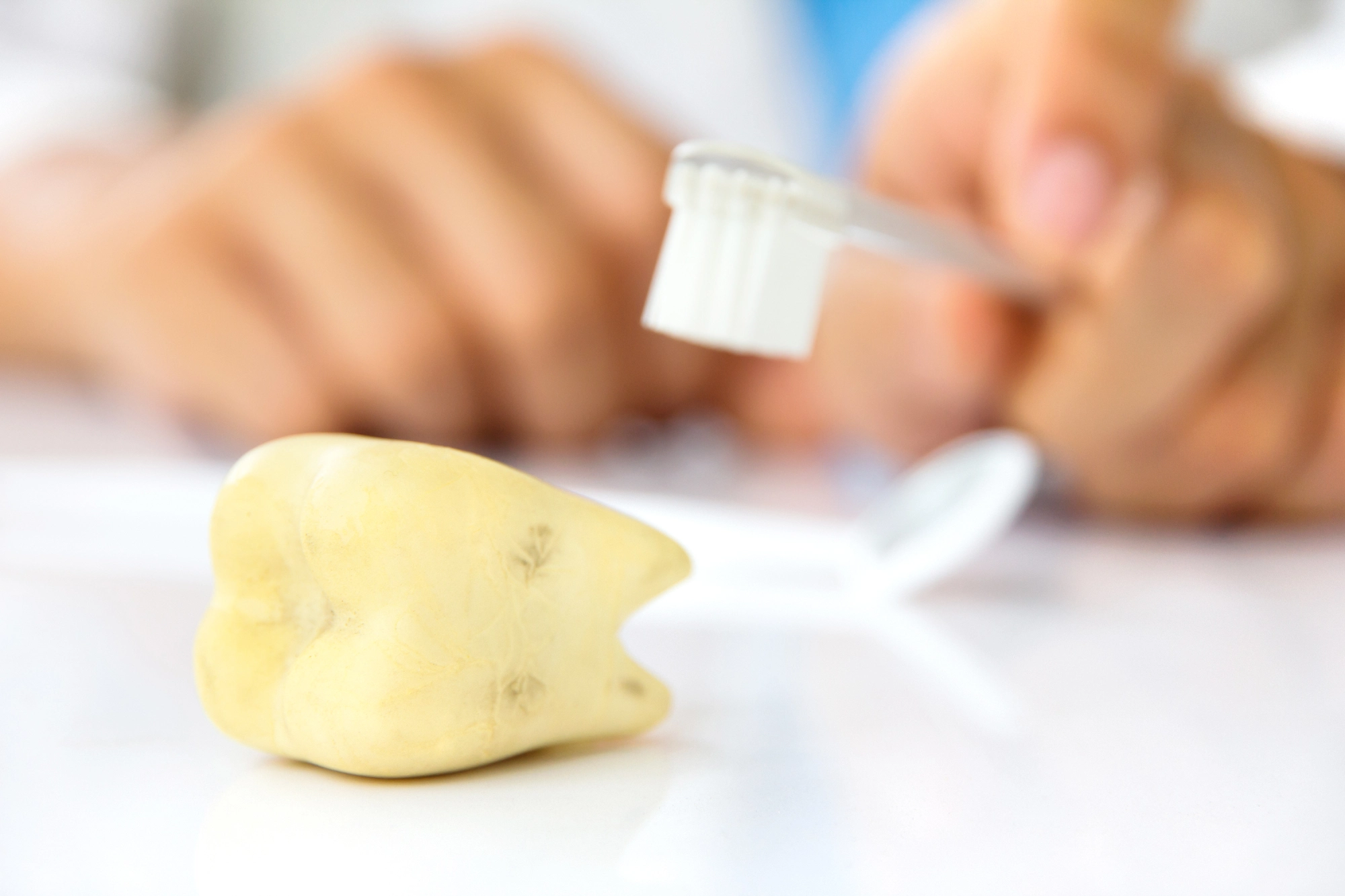This time of year, we all enjoy spooky festivities and movies. But scary stories and haunted houses aren’t the only frightening things to consider this Halloween!
There are plenty of terrifying dental problems that can wreak havoc on your oral health and the appearance of your smile. One particular condition we’d like to highlight is the danger of a dead tooth.
So, what exactly is a dead tooth?
A dead tooth is defined as a tooth that has no access to blood flow, meaning that there is no living nerve in it. A tooth is comprised of three main layers: the enamel, the dentin, and the tooth pulp. The pulp of the tooth is a critical area, as it contains the blood vessels and nerves.
Signs of a Dead Tooth
Identifying a dead tooth isn’t always so simple and if this is a concern for you, it’s important to seek the help of a dental professional. In most cases, the most common signs are either a toothache or the tooth has darkened:
Toothache: Pain can range from mild to severe and it is primarily dependent on the cause of the dead tooth. If the nerve is dying due to infection or an abscessed tooth, you are likely to experience significant discomfort.
Tooth Darkening: If you notice that your tooth changes its color to grey or black, this could be a sign of a dying tooth. Tooth discoloration occurs because of the dying blood cells inside the pulp of the tooth.
What Causes a Dead Tooth?
If you have a dead tooth, it doesn’t necessarily mean that you need to have it extracted. If your tooth has no living nerve within it, it can still be functional. However, it’s important to note that the fate of your tooth is largely dependent on the reason the nerve is dying.
The most common causes of a dead tooth include:
Severe, Untreated Tooth Decay: After a long period of time, not treating a cavity can result in a dying tooth. When a cavity first develops, bacteria will begin to wear down the outer layers of the tooth. As this continues, bacteria will eventually reach the pulp. Although the body will try to fight off this infection, blood flow to the tooth will eventually stop and the nerve will begin to die.
In this particular case, a root canal is the best chance to still save the tooth. Root canal therapy involves removing the infected pulp of the tooth, disinfecting the area, and sealing the area. Although the root canal process is complete, patients will still need a permanent restoration like a crown or filling.
Trauma: When trauma occurs to the teeth, the blood vessels can burst. This loss of blood flow will eventually cause the death of the nerve and living tissue within the tooth. Dental trauma can occur because of a blow to the mouth or the gradual wear from grinding or clenching your teeth.
Treatment for dying teeth will vary depending on the cause of trauma and it’s best to speak with your dentist for options regarding your unique case.
Contact Precision Dentistry & Implants
Don’t delay treatment for your dental concerns! Here at Precision Dentistry & Implants, we provide a range of services to give you a healthy, beautiful smile. Contact our office today to schedule your next appointment with Dr. Huff!





